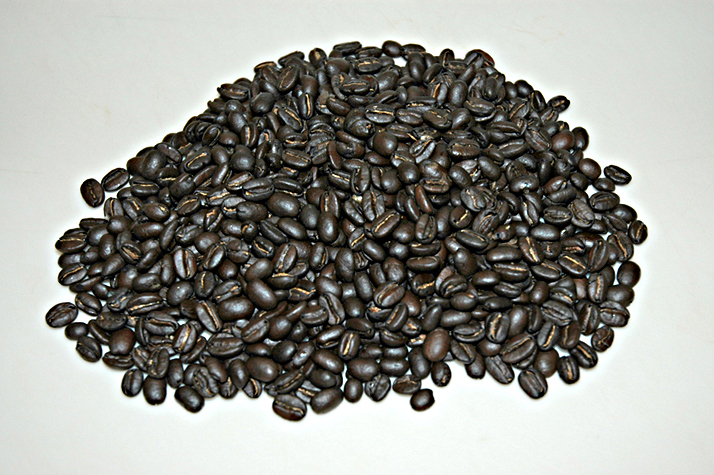
In August 2004, I was reading a web page by Instapundit and he rattled on and on about how great it was to be able to roast your own coffee. Well, I don’t drink a lot of coffee and that was part of the problem. I’d buy a couple of pounds of coffee at Sam’s and was really careful to keep the beans frozen so that they wouldn’t go bad. Unfortunately, that didn’t work for me. They went bad anyway.
I was paying about a dozen bucks for two pounds of Starbucks house blend and I’d only get a couple of weekends worth of coffee. After that, the coffee was flat and I had to throw it away. When I read the blurb on roasting your own coffee on Instapundit, it made a lot of sense to me. Raw coffee beans will last for about two years before they go bad and the idea behind the roaster is that you can decide what beans you want, give them the level of roasting that you want, and not have to worry about the beans going bad.This sounded like a good idea but, as they say, the devil is the details.
My next thoughts were the cost of the roaster and the cost of green coffee. The answers were surprising. The roaster that Instapundit raved about was only $100 and that included four pounds of coffee beans. A pound of green coffee ranges from $5 to $20. That meant that the net cost of the roaster was roughly $75 and then I could “custom roast” my own coffee. All in all, that’s a really good deal. I ordered the Zach and Danni’s roaster and, a few days later, the UPS driver left a present on my porch.
I have to say that I’m very impressed. The roaster was very easy to set up and is very easy to use. I’m not all that keen on the smell of the coffee as it roasts, however. On the web site, they talk about the aroma of the roasting coffee in a very positive way but I suppose that only makes sense. No, not that they like that aroma necessarily but since they can’t do anything about buckets of coffee smell all over the house, they may as well make it a feature instead of a bug!
Anyway, it’s been fun to use and I enjoy the quality and variety of the coffees that I’m able to roast.
Sweet Maria’s is an excellent resource. They have an extensive library of coffee-related information and I’ve been buying coffee from them for years and have never been disappointed.
“So, Doug, what does raw coffee look like and what does it look like as it roasts?”
Well, I’m glad that you asked ’cause I just happen to have pictures of a batch of coffee being roasted. The pictures below were taken at one minute intervals, the first picture being at minute 2.
| Coffee at 2 minutes, 3 minutes, and 4 minutes. Even though there’s 400° of heating coming up from the bottom, there’s no noticeable change here. |
|||
| Nothing in after the first 5 minutes but minute 6 shows that there’s something going on. Definite color change after 7 minutes. | |||
| OK — we’re making progress. Definite tan color after 8 minutes, then light brown after 9 minutes, and a medium brown at the end of minute 10. | |||
| The little flakes that are coming off the beans are referred to as “chaff”. There’s more chaff and the beans continued to darken in minutes 11, 12, and 13. | |||
| Color seems to be holding steady here in minutes 14, 15, and 16. | |||
| A little darker in minutes 17, 18, and 19. | |||
Definite change in color in minutes 20, 21, and 22. Also note that the level of the coffee beans is rising. The beans are expanding as they roast. At minute 21 you can see that a sheen of oil has developed |
|||
| Into the home stretch of 23, 24, and 25 minutes of roasting. The beans have a very dark, but not black color, and they have a gloss on them. |